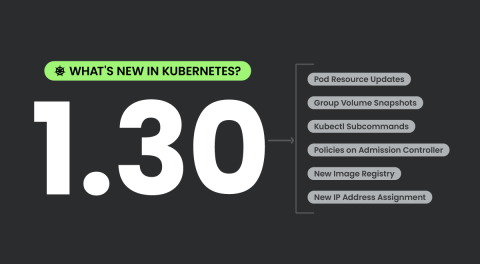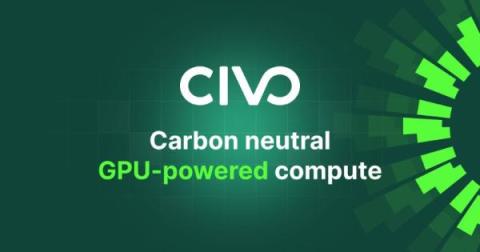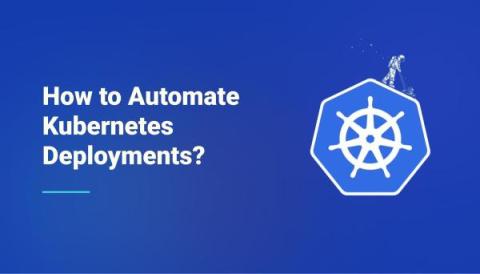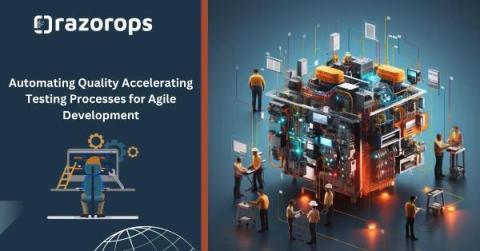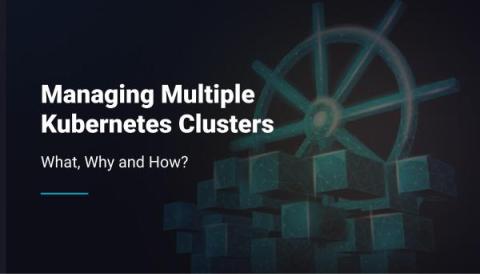The Future of Testing Unlocking Potential with Automation
In the ever-evolving landscape of software development, testing plays a crucial role in ensuring the quality, reliability, and performance of applications. As technology continues to advance, the future of testing is deeply intertwined with automation, offering immense potential for improving efficiency, speed, and accuracy in the testing process.




